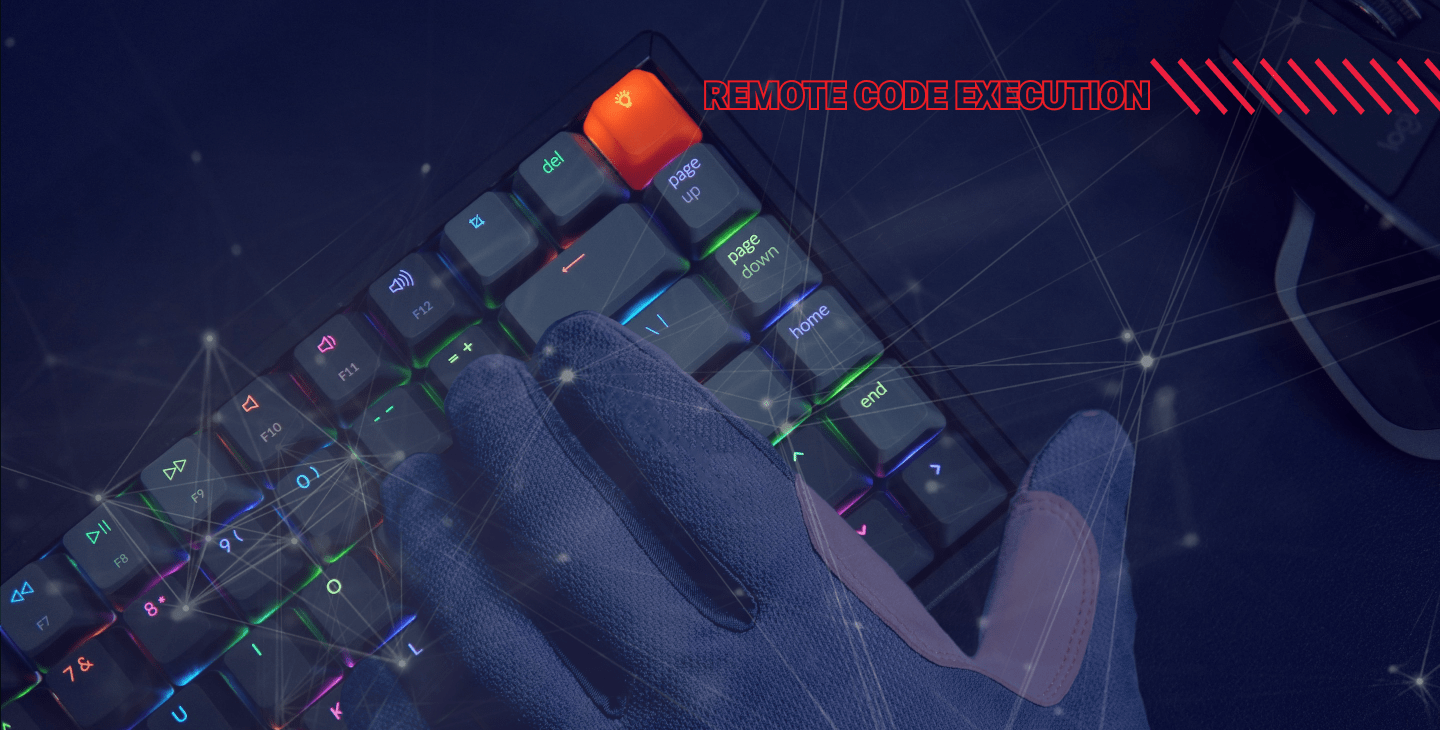Remote code execution (RCE) vulnerabilities are a significant threat to the security of software applications and systems. These types of vulnerabilities can allow an attacker to remotely execute arbitrary code on a system or application, potentially leading to data theft, system compromise, or other forms of cyber attacks. As more businesses and organizations rely on software applications to operate their day-to-day operations, it's essential to ensure that their software is secure against RCE attacks. The best practices for preventing RCE vulnerabilities involve a combination of secure coding practices, configuration management, and vulnerability scanning and patching.
In this article, we'll explore the most effective methods for identifying and mitigating RCE vulnerabilities, from securing web applications to securing containerized environments. We'll also discuss the importance of responsible disclosure and patch management practices to minimize the impact of RCE vulnerabilities on your organization's security posture.
Whether you're a software developer, IT administrator, or security professional, understanding RCE best practices is crucial for protecting your organization's critical assets from cyber threats. Let's dive into the world of RCE vulnerabilities and explore the steps you can take to secure your applications and systems against this serious security risk.
Identifying RCE Attacks
Identifying a remote code execution cyber attack can be challenging, but there are several indicators that an organization can look for to detect such an attack. Here are some common ways an organization can identify an RCE attack:
Unexpected system behavior: Unexpected system behavior is one of the most obvious signs of an RCE attack. For example, if an application suddenly starts running slower, crashing more often, or showing error messages that weren't there before, it could be a sign of an RCE attack.
Unusual network traffic: In RCE attacks, the attacker usually sends malicious code or commands over the network to the target system or application. So, looking for unusual or unexpected patterns in network traffic can help find RCE attacks.
Anomalous user behavior: If an attacker gains access to a user account or administrative privileges, they may perform actions that are out of the ordinary for that user, such as modifying system files, deleting data, or creating new user accounts.
Suspicious system logs: An RCE attack can also be found by looking for strange or suspicious activity in the system logs. Look for entries in the log that say code was run without permission, files were changed or deleted, or strange network connections were made.
Abnormal resource usage: An RCE attack may cause the target system to use its resources in a way that isn't normal. For example, the CPU or memory may be used more than usual, or there may be more network traffic than usual.
Security software alerts: Many types of security software, like intrusion detection and prevention systems and antivirus software, are made to find and stop RCE attacks. Reviewing security software alerts on a regular basis can help find possible RCE attacks.
In a nutshell, identifying an RCE attack involves monitoring system and network behavior for unusual or suspicious activity. Early detection of an RCE attack can help mitigate the damage and prevent further compromise of your organization's systems and data.
Read more about Effective Methods for Identifying and Mitigating RCE Vulnerabilities and Cyberattacks
How AI Helps Mitigate RCE Vulnerabilities and Cyberattacks
Artificial intelligence-based extended detection and response (XDR) platforms like AI EdgeLabs can help detect, mitigate, and respond to RCE attacks by serving as an additional layer of security in edge environment that can detect and respond to RCE attacks in real-time. Here are some ways in which AI detection and prevention platforms can help with RCE mitigation:
Behavioral analysis
AI EdgeLabs analyzes the behavior of applications and systems to identify anomalies that may indicate an RCE attack. The intelligent platform uses machine learning algorithms to learn what "normal" behavior looks like and then alert security teams when deviations from that behavior are detected.
Pattern recognition
AI EdgeLabs recognizes patterns in network traffic or system behavior that may indicate an RCE attack, using advanced algorithms to detect patterns that may be too subtle for human analysts to identify.
Real-time response
AI EdgeLabs responds to RCE attacks in real-time by automatically blocking malicious traffic, quarantining infected systems, or shutting down compromised applications.
Threat intelligence
AI EdgeLabs uses threat intelligence feeds to stay up-to-date on the latest RCE attacks and tactics used by attackers. This can help organizations to proactively identify and mitigate RCE vulnerabilities before they can be exploited.
By using AI detection and autonomous response, organizations can improve their ability to detect and respond to RCE attacks in real-time, reducing the risk of data breaches and other security incidents. However, it is important to note that these platforms are not a silver bullet and must be used in conjunction with other security measures, such as secure coding practices, vulnerability scanning, and ongoing monitoring. Additionally, it is important to ensure that AI platforms are properly configured and trained to avoid false positives and false negatives.
AI EdgeLabs is a robust, autonomous, and continuously learning XDR platform that delivers 99.98% accuracy in cyber attack detection and protection. AI EdgeLabs provides security AI and automation, essential to defending an expanding Edge/IoT attack surface and responding to the massive increase in security events, which humans cannot keep up with.
AI EdgeLabs uses pre-trained machine learning, neural networks and reinforcement learning models to ensure highly accurate outputs and immediate response to ongoing attacks.



